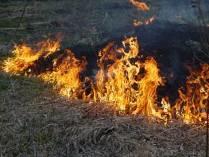Overview
We sought strategies to control reed canary grass and eventually return the area to a bottomland forest. Techniques included prescribed fire and herbicide followed by direct seeding operations.
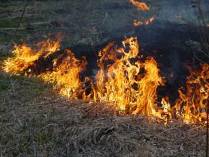
Figure 1: Prescribed burn eliminated reed canary grass, April 2006.
Silviculture Objective(s)
Objectives were to return the area to a bottomland hardwood forest community by controlling reed canary grass using prescribed fire and herbicide.
Pre-treatment stand description and condition
Stand establishment and management history:
Little management has occurred in this area.
Pre-treatment species composition:
Presence and abundance of dense reed canary grass and box elder throughout the area.
Pre-treatment forest health issues:
Presence and abundance of dense reed canary grass and box elder throughout the area.
Landowner objectives/situation:
The ultimate goal is a healthy forest with bottomland hardwood species.
Silviculture Prescription
To use a prescribed burn followed by herbicide treatment and direct seeding of hardwoods to restore the treated area to bottomland hardwoods.
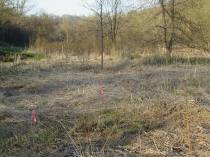
Figure 2: Creek valley, before the first prescribed burn, April 2006.
What actually happened during the treatment
A prescribed burn was completed in April of 2006 in the treated area. This removed a layer of thatch to make the subsequent herbicide application more effective. The site was sprayed with Sethoxydim herbicide in late May of 2006 to kill only the grasses, including reed canary grass. Sethoxydim does not kill broadleaf plants or sedges. Using this selective grass herbicide gave the sedges and forbs a chance to return in areas where they are still present but suppressed by reed canary grass.
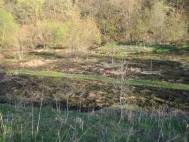
Figure 3: Creek valley after burn, April 2006.
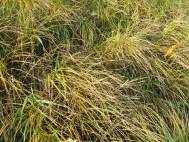
Figure 4: Sedges responding to release from reed canary grass after Sethoxydim herbicide treatment, October 2006.
The areas where native sedges and forbs were no longer present were designated as tree planting areas. In April of 2007, box elder trees were removed from the area to facilitate site preparation and direct seeding. The area was treated with Sethoxydim herbicide in early June. Areas designated for direct tree seeding were mowed in late June and treated with Glyphosate herbicide in late August to kill all the plants in the areas to be direct seeded. The herbicide treatments appeared to have killed most of the reed canary grass.
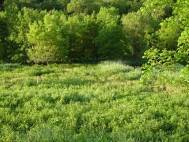
Figure 5: Solid stand of reed canary grass one month after the burn, May 2006.
The site was mowed and tilled in mid September and direct seeded to a mixture of bur oak, white oak, swamp white oak, black walnut, butternut, bitternut hickory, Kentucky coffee tree, Ohio buckeye, chokecherry, wild plum, dogwood, redbud, ninebark and false indigo seeds in late September and early October. Seed was thrown out onto the tilled ground by a person in the back of a trailer towed by a tractor. We seeded 15 bushels of walnuts and five bushels of acorns per acre and lesser amounts of the other species listed above based on the site and seed availability. The larger seeds were disked in, followed by the smaller seeds and oats, and finished with a cultipacker. Warm wet weather allowed the oats to grow well, hopefully minimizing the affects of creek flooding. Willow, cottonwood and tamarack seedlings were planted in 2008. Silver maple seeds were sown on the area in June of 2008.
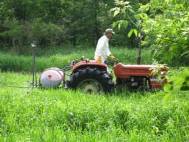
Figure 6: Second application of Sethoxydim herbicide, June 2007.
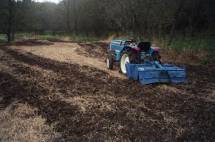
Figure 7: Tilling, September 2007.
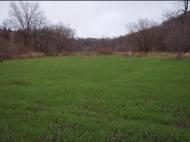
Figure 8: Oats cover crop, November 2007.
Costs and economic considerations
The Sethoxydim is about $100/gallon and we used two quarts per acre, two times in subsequent years. Glysophate was sprayed at the same rate but only once and at $20/gallon cost about $10/acre. The herbicide treatment of $110/acre is the main out-of-pocket cost. If we were to hire the burning, tilling, spraying and seeding and purchasing seed, I estimate the total cost would be in the $500/acre range.
Other notes
If collecting your own seeds, prepare your seed storage early, as seed collection times can vary from year to year. We used a chest freezer modified with an override thermostat to convert it to a refrigerator and stored the collected seeds at 40 degrees F.
Summary / lessons learned / additional thoughts
A second burn was planned for the spring of 2007, but a late winter flood deposited a layer of mud on the site preventing us from burning. Understanding the right timing and appropriate conditions for prescribed burns is critical.
We set out to grow trees, but between our Christmas trees, the bottomland trees, and prairie plantings and having water access in the creek, we have created great deer habitat and that has taken a toll on the diversity we had hoped for in our direct seeding. When walnut is planted in high density enough can make it above deer browse to create a good stand. The oaks have tended to disappear under the deer pressure. Just this year we have tried a broadcast spray of Plantskydd and the oaks seem to be holding their own. If this continues to work, I would plant more acorns and less walnuts and treat with Plantskydd for 4 or 5 years until the oak can make it on their own.
We have also had some success with planting cottonwood and willow poles. In a year with average rainfall nearly 100% of the willow will survive but only about 25% of the cottonwood. The cottonwood poles that survive quickly grow into nice trees, but I have not been able to determine what to do differently to increase my success rate with the cottonwood poles. We also have trouble with beaver moving in and harvesting the cottonwood and willow we have planted. We have started painting the poles with a mixture of latex house paint mixed with sand and have not lost a treated tree to beaver harvest in spite of having beavers in the area. It is exciting to me to see these trees growing in solid reed canary grass in areas that are not accessible to do a direct seeding.
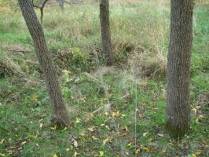
Figure 9: Vision of the future? Black walnut trees planted in our creek valley 20 years ago are suppressing the Reed canary grass and growing well. October 2006.
This case study was developed with support from the United States Department of Agriculture's National Institute for Food and Agriculture (USDA-NIFA), Renewable Resources Extension Act (RREA). Project #MIN-44-E02, principal investigator Eli Sagor, University of Minnesota.
